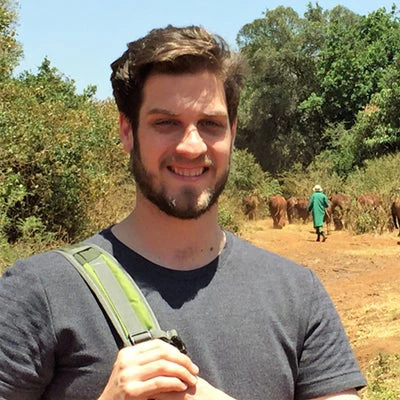 A marker showing the border between Portugal and Spain, in southwestern Europe. / Photo: Ivo Filipe, Shutterstock
A marker showing the border between Portugal and Spain, in southwestern Europe. / Photo: Ivo Filipe, Shutterstock
Behind every meaningful development decision lies a simple truth: geography connects it all. At the World Bank Group (WBG), we know that accurate, up-to-date maps are essential for understanding the world around us—and for driving smarter, more inclusive development.
That’s why the Development Data Group’s Space2Stats program focuses on publishing globally consistent, foundational geospatial data—starting with official subnational boundaries. These boundaries are critical for understanding social, economic, and environmental trends at the local level.
Until now, though, the WBG didn’t have an updated, standardized source of its own boundary data. Public datasets like GADM and GeoBoundaries are widely used across the development community, but they don’t always meet WBG cartographic standards or follow consistent update schedules.
To fix that, the Data Group teamed up with the Cartography Unit from Global Corporate Solutions Interactive Media to obtain a new, high-resolution global dataset of administrative boundaries—covering countries (ADM0), states or provinces (ADM1), and districts (ADM2). These updated boundaries strengthen the quality of the Bank’s research and operations while also providing valuable resources for governments, NGOs, and other partners and stakeholders around the world.
Even better, the data will be maintained with regular updates and a robust versioning system, so users can easily integrate it with other datasets over time.
Figure 1. Difference in administrative boundary resolution between the old files (medium resolution, red) and the new files (high resolution, blue).

And for the first time, this data is open to everyone. In line with the World Bank Group's Open Data Policy, the boundaries are being shared as a global public good —promoting transparency, reproducibility, and collaboration across development initiatives. You can download the data from the Development Data Hub, explore it through GeoWB (internal and external), or connect to it through an API for your own mapping projects.
So, what can you actually do with these datasets? Within Space2Stats, the new boundaries make it possible to share statistical data at meaningful subnational levels. While the program’s foundation is a global grid of hexagons (see Figure 2, right), many users prefer to view statistics by administrative boundaries (Figure 2, left). Thanks to this update, decision-makers can now access consistent, replicable data at the levels that matter most.
Figure 2. Comparison of Space2Stats results showing the percentage of the population exposed to a modeled 100-year flood event at the official administrative level 2 boundaries (left) and at the hexagon grid level (right).
Details on the calculation process can be found here.

Other World Bank platforms are joining in too — Data360, the World Bank’s main data platform, is preparing to release new subnational indicators; and the GeoPortal will soon let users download subnational geospatial data, not just visualize it. The Climate Change Knowledge Portal and the Geospatial Poverty Portal are also making use of the boundaries.
By making high-quality boundary data open and accessible, the World Bank is helping researchers, policymakers, and development practitioners make better, data-driven decisions. It’s another big step toward ensuring that global development efforts are built on the most accurate and comprehensive information available.
This initiative is part of the Space2Stats Program, supported by a grant from the World Bank’s Global Data Facility and financed by the European Commission’s Directorate-General for Regional and Urban Policy (DG REGIO). Its goal is to enhance data disaggregation, availability, and standardization, while advancing research and insights on subnational development challenges, including climate, biodiversity, clean energy, and gender dimensions.




Join the Conversation